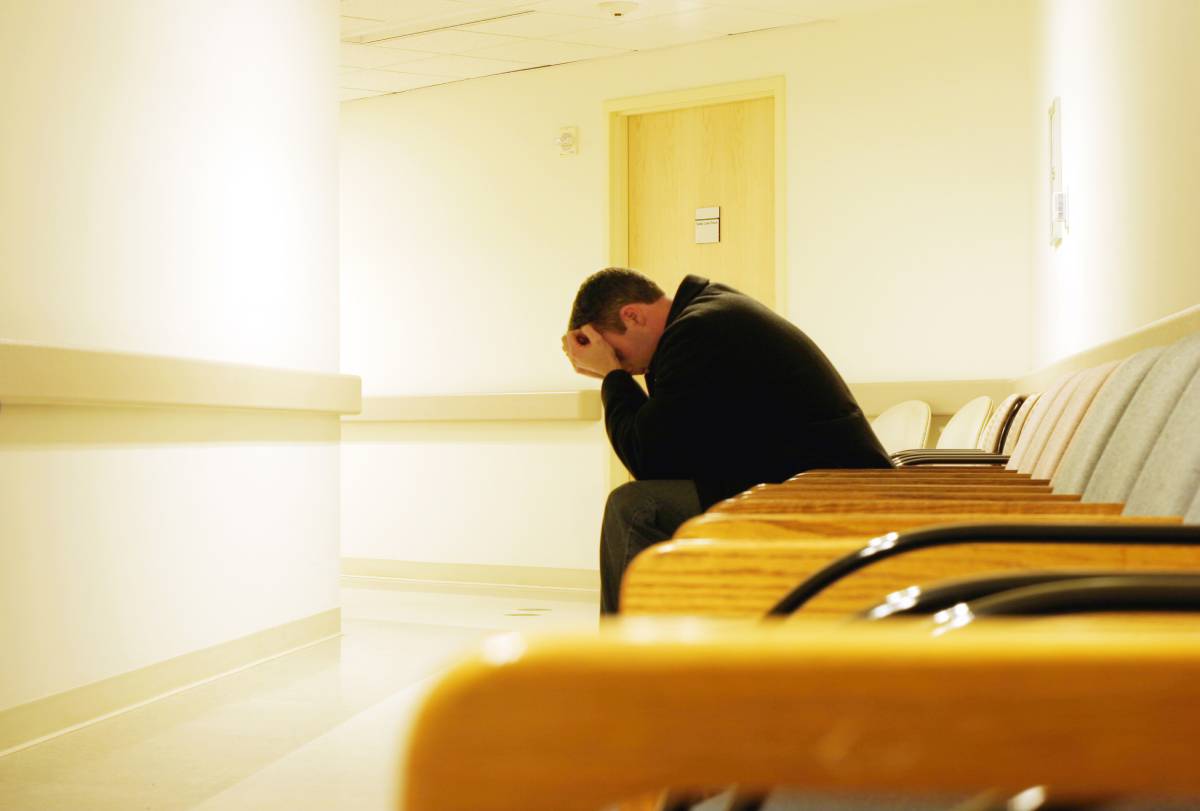The Public Health Benefits of Harm Reduction Interventions

Thousands of people suffer from substance abuse and addiction disorders all over the country and world. The typical policy response to this epidemic has been aimed at eradicating this behavior through policing and criminal justice action, and yet, no meaningful progress has been made1. Many advocates and researchers have raised the question: is this all-or-nothing approach the right way to decrease drug use and its associated problems? Or is the middle ground, “harm reduction” approach more effective?
The philosophy of harm reduction has long since been considered controversial, because it values policy favoring pragmatism over total eradication1. For example, harm reduction proponents operate under the assumption that IV drug abuse will endure, and that the focus should instead be on minimizing transmission of Hepatitis C and HIV. Another example is focusing on reducing potential opioid overdose by opening methadone clinics and having community access to Narcan, rather than eliminating harmful opioid use2. The controversy surrounding harm reduction is also likely due in part to unclear definitions and messaging, however, public health experts believe that community-driven, evidence-based harm reduction efforts do have a net positive effect on the overall health of vulnerable populations1.
The first large, real harm reduction program was established in the 1980s, in Liverpool, and was targeted at reducing the prevalence of HIV in people using IV drugs2. Program workers implemented the Mersey Model of Harm Reduction, which had three main principles: making contact with the population at risk (particularly those not already accessing healthcare), maintaining contact with those people, and making changes in their behavior2. They offered a variety of services including needle exchanges, opioid substitution therapy, STD and HIV testing programs and outreach programs to reach as many people as possible in need of help2. In the first two years, over 1000 people utilized these services and were responsible for a third of the methadone prescribed in England in that time period2. Needle exchange programs and treatment units like the one in Liverpool were set up all over the region, and it was estimated that in the next five years, about 10,000 people were able to benefit from this model2. Studies showed that the sharing of needles was significantly reduced in that area, and crime in Merseyside also went down during this time, particularly burglary and theft from vehicles, a reduction attributed to the methadone clinics set up by this program2.
Harm reduction goes beyond IV drugs; an even more common problem is tobacco use, which is associated with many health risks3. Smokeless tobacco is the leading model of THR (tobacco harm reduction) today and has been endorsed by the American Council on Science and Health as being a 98% safer alternative to smoking3. Smokeless tobacco is not associated with an elevated risk of heart attack, hypertension, and GI symptoms when compared to smoking3. Smokeless tobacco has even been proven to be safer in pregnant women, and while all forms of nicotine should be avoided in pregnancy, smokeless tobacco offers less teratogenic risk than smoking cigarettes3. While more research needs to be done to solidify smokeless tobacco as a legitimate strategy for people who smoke, these preliminary results are promising3.
Harm reduction can be a difficult pill to swallow; should we as a society settle for “less bad” instead of “good?” However, if implemented in an evidence-based fashion, these programs and models have been shown to improve overall health and outcomes, and should be considered when making health policy decisions1.
References
- Ball AL. HIV, injecting drug use and harm reduction: a public health response. Addiction, 2007; 12(5): 684-690. https://doi.org/10.1111/j.1360-0443.2007.01761.x
- Ashton JR, Seymour H. Public Health and the origins of the Mersey Model of Harm Reduction. International Journal of Drug Policy, 2010; 21(2): 94-96. https://doi.org/10.1016/j.drugpo.2010.01.004
- Rodu B. The scientific foundation for tobacco harm reduction, 2006-2011. Harm Reduction Journal, 2011; 8. https://doi.org/10.1186/1477-7517-8-19